Review: Huawei Mate 9
Nov 28, 2016, 8:00 AM by Eric M. Zeman
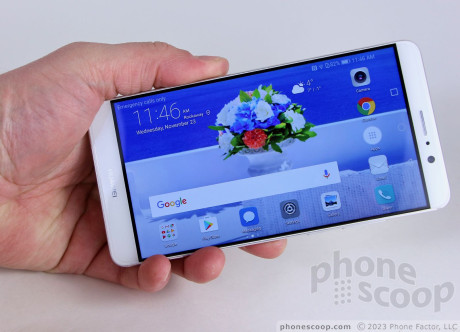
The Mate 9 is Huawei's flagship handset for 2016 and it's an impressive device. This over-sized Android smartphone comes in an attractive glass-and-metal form with top specs buried within. It shows that Huawei is taking the competition seriously. Here is Phonescoop's in-depth review of the Mate 9.
Hardware
Is It Your Type?
The Mate 9 is Huawei's big-screen flagship for the year. It boasts a gorgeous design, the best-possible specs, and blistering performance to match. The Huawei Mate 9 is a worthy contender in the unlocked market and goes toe-to-toe with the best handsets from Apple, Samsung, and others.
Body
Huawei's Mate 9 is an impressive piece of hardware. The phone is a high-end bit of kit that represents the best from Huawei's design, engineering, and manufacturing teams. It is easily the best I've seen from Huawei and demonstrates that the company has learned a lot over the last few years.
The Mate 9 features a unibody aluminum chassis with curved-edge glass. It has gently rounded corners and a classy face. I appreciate the mix of materials and Huawei selected fine-quality components to form the outer shell. The phone features finely polished chamfers, front and back. The side edges have a totally hot brushed metal texture that I wish adorned the back surface as well; instead, the back is what I'd call plain metal. Huawei gave the plain metal rear surface a gentle curve so it tapers out just a bit towards the edges. The Mate 9 comes in five colors, including gold, dark gray, brown, silver, and white. Our silver review unit is refined all the way.
Huawei's Mate series is known for its over-sized dimensions and the Mate 9 carries that torch onward and upward. Dang, this phone is gigantic, thanks to the massive slab of a screen. It's a hand-stretching 6.2 inches tall by 3.11 inches wide. The curved rear panel and smoothed-over side edges help hand-feel somewhat, but the Mate 9 is a huge phone that constantly requires two hands to use effectively. If big phones are your bag, you'll appreciate the Mate 9. For people who are wary of huge and heavy handsets, the Mate 9 may prove to be too much. This phone will push pockets to their limits. It worked in some jeans, but not others; phone fit will depend on how tight you like your pants.
There's no doubt the Mate 9 is Huawei's best effort when it comes to quality. The phone feels every bit the flagship it is. The aluminum has a weight to it that conveys strength and gravitas; the Mate 9 is to be taken seriously. The curved-edge glass is fitted into place perfectly with flawless seams all around. This is as fine a piece of hardware as you'll find anywhere.
Bezels are practically non-existent on the Mate 9's huge face. The forehead and chin bezels above and below the display are incredibly slim, and the side bezels so thin as to be invisible. A shiny metal grille above the black glass reveals the location of the earpiece speaker. A small sensor and the user-facing camera are positioned to its right. There are no buttons in the bezel below the display. You'll notice Huawei's logo there, but that's it.
The only hardware buttons are tucked into the right edge of the phone. The lock button is rather small, but has enough of a profile that your thumb can easily find it by feel. Travel and feedback are great. The volume toggle is closer to the top of the phone and boasts the same profile and action as the lock button. I wish the buttons had different textures to help differentiate them. You'll find the SIM tray buried in the left edge. The tray itself accommodates either two SIM cards, or one SIM card and one memory card. I like that the tray is sturdy and strong. Small antenna lines are another element you'll notice on the side edges. Each of the four corners includes a color-matched bit of plastic.
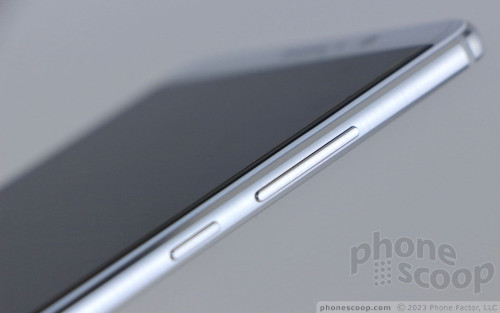
Music lovers will be happy to find a 3.5mm headphone jack on the Mate 9's top edge. Huawei also stuck an IR blaster up there for interacting with television sets. The bottom edge is pleasingly symmetrical. The USB-C port is in the middle, flanked by two exposed screws and then a series of vertical slits in the metal — all of which are spaced evenly apart. The balanced design makes my eyes happy.
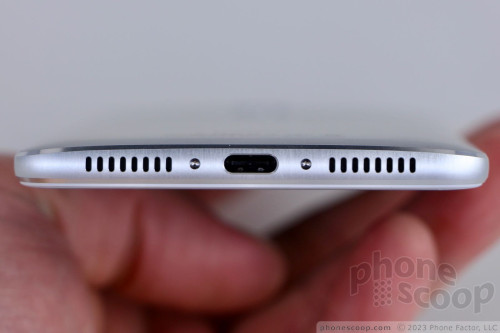
Aluminum stretches across the Mate 9's wide back surface. The phone thins out just a bit closer to the sides. It's easy to spot the Mate 9's only design weakness: thin plastic panels at the top and bottom. Such panels are common to lower-end metal-body phones, providing an area for the type of antennas that might be used on a non-metal phone. The colors of the Mate 9's plastic panels don't quite match the metal, and neither does the texture. The good news here is that Huawei fitted them in perfectly; there are no gaps and the seam is tight where the panels sit between the outer frame and metal covering.
The battery is sealed in and cannot be removed.
The Leica-branded, double-camera module is accompanied by a dual-LED flash. I'm surprised by how tiny the fingerprint sensor is. It's a small, circular indentation below the camera. The indentation is deep, making the sensor easy to find by feel.
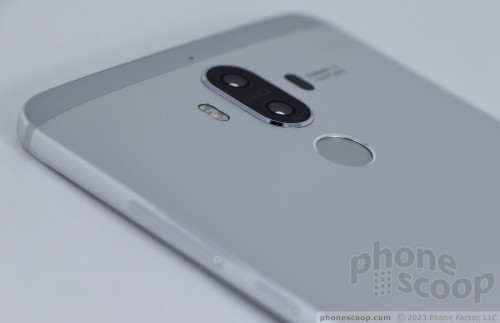
I'm really impressed by the Huawei Mate 9 hardware, and I suspect you will be, too. It's a high-end handset that gets almost everything right. The biggest detractor to the hardware is the sheer size, which might be offputting to some.
Screen
Surprisingly, the Mate 9's 5.9-inch display carries only full HD (1080p) resolution and not quad HD (2K). The panel is bright and colorful, of that there's no doubt, but a screen this large would benefit from more pixels. I was very pleased with the amount of light that comes from the screen. I had no trouble using it indoors or outdoors. The automatic brightness control worked really well, especially when transitioning between bright and dark environments. Colors are mostly accurate. Viewing angles are excellent. The resolution does hinder the Mate 9's prowess as a virtual reality machine. It's simply not as good as phones that have quad HD screens. Aside from VR, however, it does just fine.
Signal
Huawei sells the Mate 9 unlocked and it boasts support for the LTE networks of AT&T and T-Mobile. Specifically, it supports LTE in bands 1, 2, 3, 4, 5, 7, 8, 9,12, 17, 18, 19, 20, 26, 28, and 29. I tested the Mate 9 on AT&T's network and T-Mobile's network in and around New York City and found the device performed very well when compared to other phones.
The Mate 9 was apt to connect calls quickly and did not drop any calls during a highway trip. The phone easily patched calls through in even the worst coverage environments. As for data, mobile broadband speeds were very, very good. The Mate 9 did well when it came to Google Search, checking email, following my Twitter or Instagram feeds, or catching up on Facebook. The phone had no trouble streaming media from YouTube and Spotify. It gets the job done, for sure.
Sound
The Mate 9 is a decent voice phone, though I've heard better. The earpiece can push out plenty of sound, but it's often thin and shrill. Voices come through with a piercing quality that grated my ears. Even so, I was able to hear and understand calls even in relatively noisy spaces, such as coffee shops and busy city streets. It will distort at the max volume setting. People I spoke to through the Mate 9 said I sounded OK.
The speakerphone, which fires downward out the bottom, is also ridiculously loud. The good news is that it produces more well-rounded sound and is often clearer and more palatable than the earpiece. I didn't hear any distortion via the speakerphone, even when set to the max. Ringers and alerts are crazy loud. The vibrate alert is acceptable.
Huawei gave the Mate 9 two-speaker sound, but don't call it stereo. Similar to what HTC did with the 10, the Mate 9 pushes high frequencies out the earpiece speaker and low frequencies out the lower speaker. The resulting sound is fine if you're holding the phone normally (in portrait orientation). Turn the phone on its side to watch some video, however, and the sound becomes unbalanced.
Battery
Huawei somehow managed to endow the Mate 9 with a 4,000 mAh battery. This is an absolutely gigantic power cell for a smartphone and it delivers monstrous battery life. The Mate 9 routinely chewed its way two days on a single charge while running full tilt. During my tests, I kept the screen brightness up, all the radios on, and spent gobs of time streaming media over a mix of WiFi and LTE. Huawei's restraint with the screen resolution pays dividends in battery life. Many will decide the trade-off is worth it.
The Mate 9 includes two power management tools, but I don't think you'll need either.
Last, the Mate 9 supports Huawei's rapid charging technology. The company claims the phone can ingest a full-day's charge in just 20 minutes. I think that's exaggerating a bit, but at least the phone ships with the needed fast charger.
Bluetooth, NFC, GPS, WiFi
Huawei didn't skimp on the Mate 9's secondary radios. Bluetooth, for example, runs version 4.2 (including Low Energy mode) and supports headsets, speakers, PCs, and cars. I connected the phone to all these without issue. Phone calls passed through my car's hands-free system sounded better than they do through the earpiece. Music took on a pleasant timbre when pushed to a Bluetooth speaker.
The included NFC radio was helpful in pairing with other devices, and supporting Android Pay for mobile payments.
The Mate 9 supports both GPS and GLONASS for location data. Together with Google Maps, it was a fine tool for navigating the world around me. Not only did the phone locate me in a blink, but location was incredibly accurate. Moreover, the little blue arrow in Google Maps that indicates the direction you're facing was the most accurate and responsive I've ever seen on any phone.
Wi-Fi? The Mate 9's dual-band 802.11a/b/g/n/ac radio crushed it.
Software
Lock Screen
The Mate 9 ships with the latest version of Huawei's Emotion UI, its skin for Android. The skin is heavier than you might like, but at least it offers some interesting lock screen behaviors.
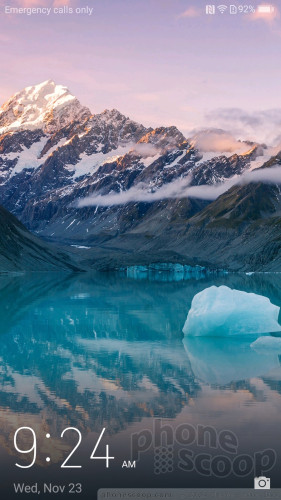
Out of the box, Huawei's Magazine Unlock tool is enabled. This basically means the lock screen changes wallpapers each and every time you unlock the phone. You can disable this if you wish. Press the screen lock button to wake the screen. It shows the time, date, and camera app shortcut, which are all positioned at the bottom of the display. Incoming notifications will push the clock/date widget upwards. I dislike that you can't access the slide-down notification / Quick Settings shade at all from the lock screen. Like most phones, the Mate 9 allows you to tweak which apps are allowed to send notifications.
You can also access some basic tools (voice recorder, calculator, flashlight, timer, and QR code reader) by swiping up from the bottom of the screen. For whatever reason, these tools are complemented by permanent music functions (fave, share, pause, stop). The extra controls just add clutter to my eyes.
Mate 9 owners can elect to set a fingerprint, PIN, password, or pattern to secure the device. Like most handsets, owners can control how quickly the Mate 9 locks itself, and what's visible on the lock screen. The fingerprint reader works very, very well. I was able to record several prints and all of them consistently unlocked the Mate 9 without trouble. The Mate 9 also lets owners protect apps and files/folders with the fingerprint lock, as well as use it to call up and dismiss the notification shade when using the home screens.
Home Screens
Huawei's Emotion UI isn't for everyone. Android 7 Nougat is technically underneath, but you generally wouldn't know it.
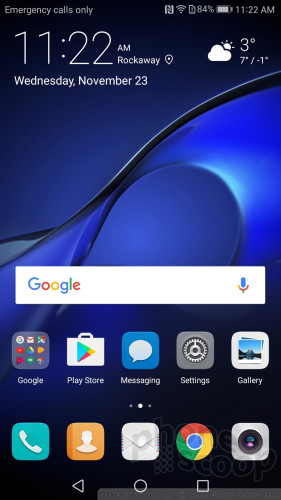
The Mate 9 has three home screen panels active on first boot. You'll notice there is no app drawer; instead, all the apps are dropped on the home screen (much like iOS.) Thankfully, Huawei allows you to add the app drawer back to the home screen panels if you wish. Huawei stuck most of the apps in folders on the second home screen panel. You can add as many panels as you wish and arrange them however you like. They support the typical set of wallpapers, shortcuts, and widgets. I like that Emotion UI includes a handful of screen transitions to choose from, and allows the home screens to loop.
The notification shade / Quick Settings drop-down tool is a bit annoying. When you swipe down, the shade only shows you notifications. If you want to see the Quick Settings tools, you have to swipe the shade down to open it and then swipe to the left to access the Settings panel. However, if there are no notifications then swiping down takes you straight to the Quick Settings panel. I dislike the inconsistency.
Emotion UI replaces the stock system settings menu with colorful icons and a different layout. What bugs me is that it gets rid of the informational text that tells you how much battery life is left, or how much storage space is available. These details are no longer visible and require digging.
As it did with the Honor 8 earlier this year, Huawei allows you to take charge of the Mate 9's fingerprint reader for other actions. You can program the button to take photos, answer calls, stop the alarm, and more. Moreover, the reader acts as small touch scroll pad within certain apps (such as your photo library), allowing you to use it to scroll up and down.
The Mate 9 includes Huawei's Smart Assistance tool. This is a wide-ranging set of controls for managing basic elements of the UI. For example, you can turn on a floating dock that makes back, home, recent, and lock buttons available on just about every app/screen. The Smart Assistance tool manages gestures, such as flipping to mute calls or raisin the phone to your ear to answer them. You can also set screenshot behaviors, turn on drawing functions, and manage split-screen functions. Last, Smart Assistance is where you'll be able to manage glove mode, smart accessories, and so on.
Huawei included its Easy Mode, too. This mode drops the standard Android home screen layout in favor of comically large app icons and other UI elements. This mode is best reserved for those who have poor vision or prefer a simplified menu structure.
The Mate 9 relies on Huawei's octa-core Kirin 960 processor. It's paired with 4 GB of RAM, which is standard for today's flagships. I was pleased with the Mate 9's performance. The phone always felt quick and never felt bogged down or slow. The device streamed high-definition video over WiFi with no hiccups whatsoever. Don't let the lack of a Snapdragon-branded chip fool you: Huawei's Kirin processors are solid.
Camera
There are several shortcuts to open the camera app. First, a double tap of the lower volume toggle will open the camera quickly and immediately fire off a shot. You can also use the lock screen shortcut, and program the fingerprint button to open the camera. Pick your poison.
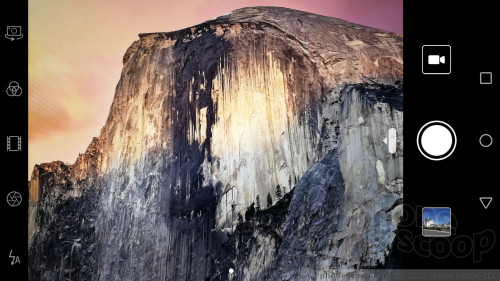
The basic layout is typical. Using the controls on the left you can jump to the selfie camera, open the filter tool, change the white balance, set aperture (bokeh effect), and toggle through the flash controls.
You access the shooting modes by swiping right, and the settings by swiping left. The Mate 9 includes a wide selection of shooting modes. You've got normal, monochrome, beauty, video, HDR, beauty video, panorama, night shot, light painting, timelapse, slow-mo, watermark, audio note, and document scan. I'm rather surprised that there's no pro/manual mode. The modes are all arranged in a grid, and I like that you can rearrange the grid to suite your own preferences.
The monochrome mode takes advantage of the Mate 9's dedicated black-and-white camera sensor to take true B&W photos. It's awesome. The rest of the modes behave more or less as they do on other phones. The audio note tool lets you record up to 10 seconds of audio after you shoot a photo; the watermark tool lets you add a stamp with the time, date, location, and weather; the light painting mode is for capturing long exposures of headlights/taillights, flashlights, or other light sources; and the document scan mode automatically finds and captures text, such as menus. Each of these is easy to use and they all work fairly well. I do wish the HDR mode were a top-level option rather than buried in the shooting mode screen.
If all you want to do is point and shoot, the Mate 9 lets you do that without much fuss. The Kirin 960 processor provides enough juice so the camera focuses and snaps photos quickly.
Photos/Video
The Mate 9 has two Leica sensors with lenses of 27mm at f/2.2 with optical image stabilization. One captures full color images at 12 megapixels and the second captures monochrome images at 20 megapixels to help improve exposure and contrast. The pair work together well and produce very good images.
The majority of images demonstrated sharp focus, accurate exposure, and good white balance. The second camera really helps when it comes to details and exposure. I was happy with low-light performance, which was free of grain thanks to data from the monochrome sensor. The Mate 9's camera doesn't equal that of the Pixel XL or iPhone 7 Plus, but it isn't too far behind.
The 8-megapixel selfie camera is also quite good. You can see lots of details in the selfie below, especially in the background. I strongly recommend you leave the beauty effect tools off for more natural results. In low-light situations, the screen will blink white to illuminate your face.
The phone can record video at up to Ultra HD (4K). I think the results are quite good. Video is sharp, properly exposed, and shows good color throughout. The 4K resolution looked excellent on my PC monitor. Footage I shot in standard, full HD was quite good, too.
The Mate 9 may not replace a dSLR, but it's certainly enough camera for most occasions.
Huawei Stuff
Since the Mate 9 is sold unlocked, there's no carrier bloatware. That's the good news. Huawei did install a pretty big selection of its own apps and services, but you can ignore them if you wish. It also tossed in some third-party apps, such as Booking.com and Todoist, which can be deleted.
Huawei's Health app isn't bad. You can use the app to track steps and weight, but also to view calories burned, distance traveled, floors climbed, and reps (weights) lifted. It works with third-party apps, which is nice, and allows you to set exercise and weight-loss goals if you want to.
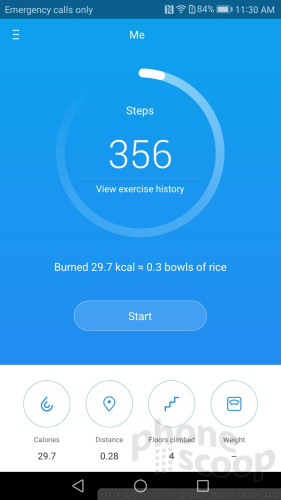
Huawei has an entire app devoted to themes. There are a handful of themes included with the app, but the real fun comes from customizing and building your own themes. It's an easy app to master and the results are rewarding.
The Smart Controller app makes use of the IR blaster to act as a remote control for your home theater equipment. I found it straightforward to set up and use and was managing my television set, cable box, and receiver in no time.
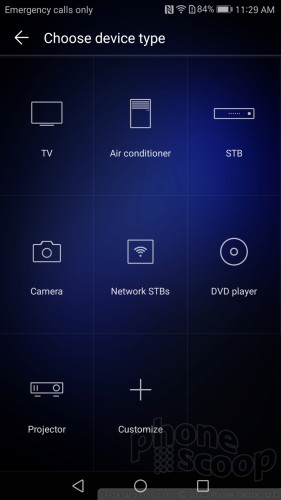
Wrap-Up
Huawei crafted an attractive and powerful smartphone in the Mate 9. It's a gorgeous piece of hardware that delivers excellent performance across the board. The Mate 9 stands tall amidst the top echelon of handsets.
There's no question the Mate 9 is Huawei at its best. The unibody chassis is finely sculpted and the glass face matched perfectly to the frame. The screen is enormous at 5.9 inches and bright to boot, but some may wish Huawei had opted for higher resolution. It's a decent voice phone, and a better data machine. Battery life is absolutely killer.
I'm happy Android 7 is aboard, but not so happy to see it so thoroughly hidden by Emotion UI. The Mate 9's software is a bit overbearing at times, though Huawei does give people plenty of ways to adjust and control their experience. The camera app is a pretty good tool for taking photographs, and the dual-Leica lens system provides rich photos that people will be happy to share.
The Mate 9 is an excellent option to the iPhones and Galaxies of the world, as long as you have the cash. At $750, it's not cheap. Further, the phone is only available online and there are no monthly financing options available. The Huawei Mate 9 is among the best unlocked phones you can buy.
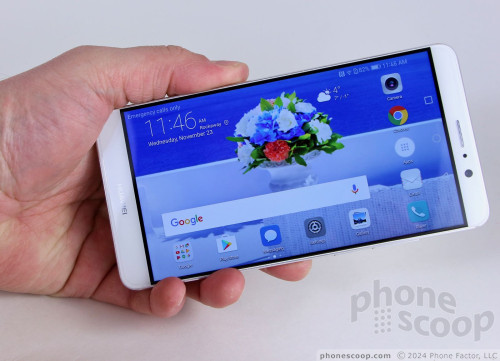
Comments
good review


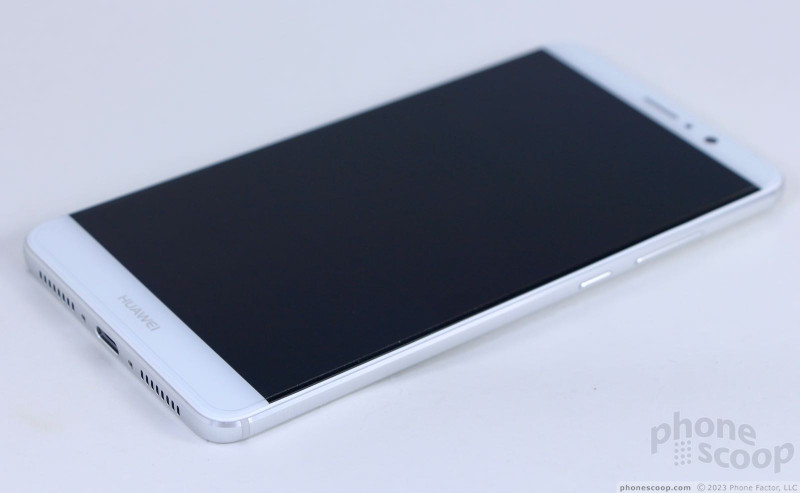















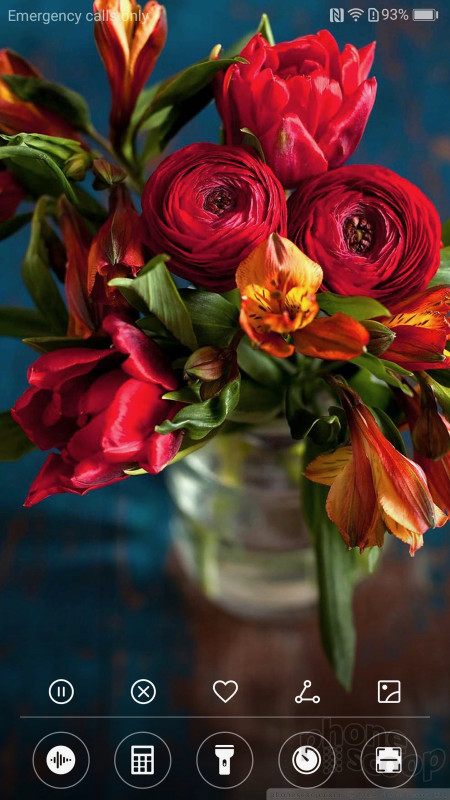





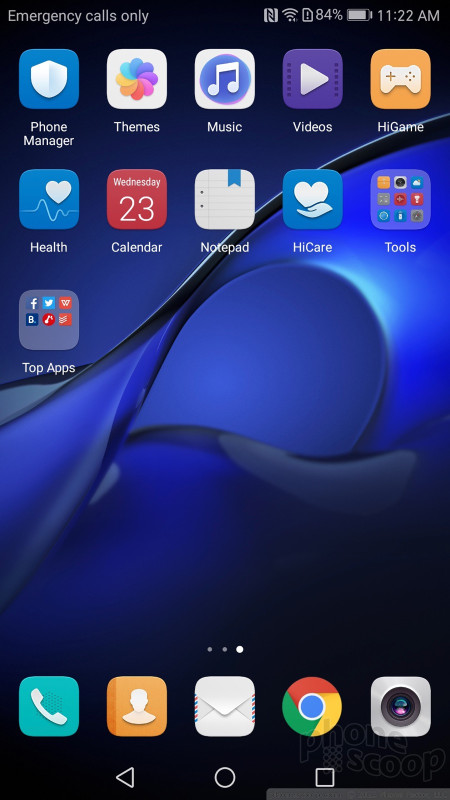








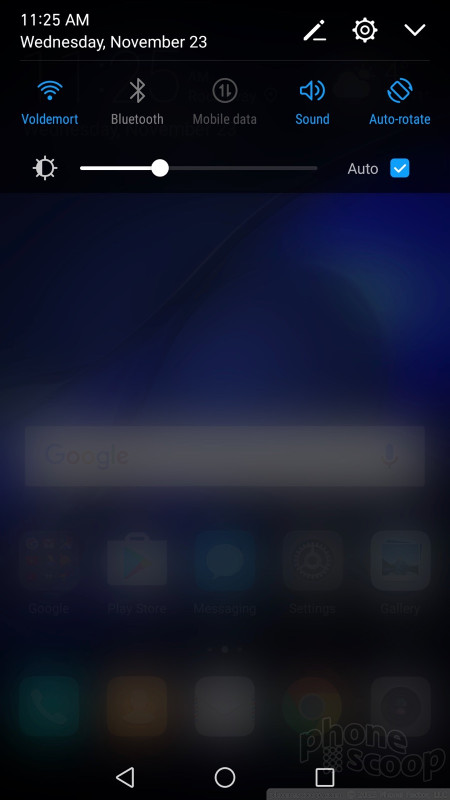



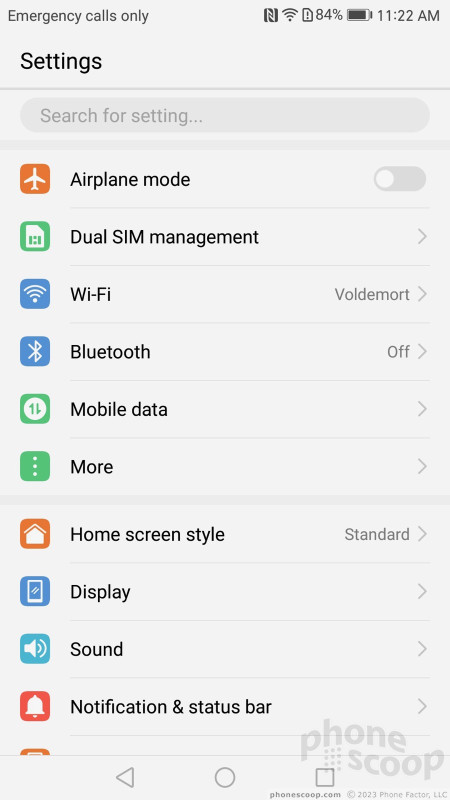







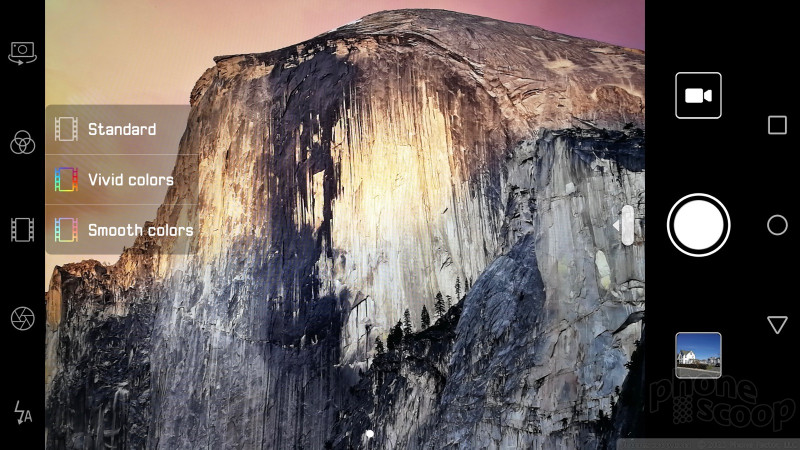























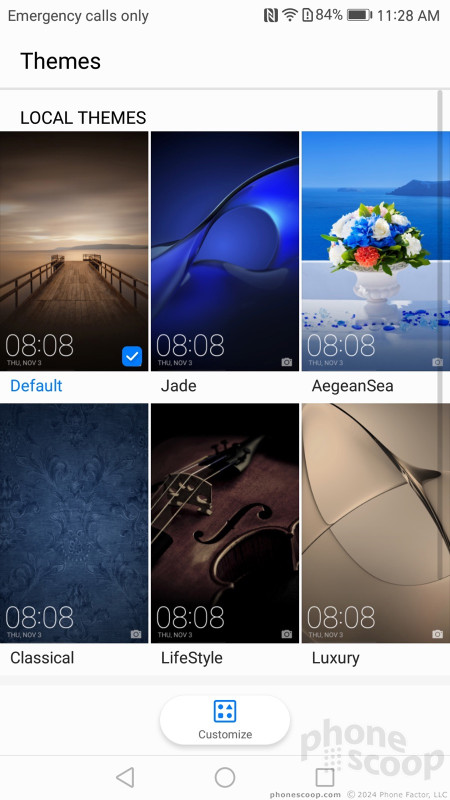



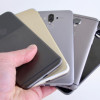 5 Best Unlocked Smartphones
5 Best Unlocked Smartphones
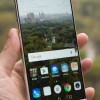 Hands On with the Huawei Mate 9
Hands On with the Huawei Mate 9
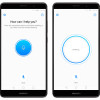 Huawei Mate 9 Gains Amazon Alexa Today
Huawei Mate 9 Gains Amazon Alexa Today
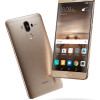 Huawei Mate 9 Coming to U.S.
Huawei Mate 9 Coming to U.S.
 Huawei Mate 9
Huawei Mate 9



